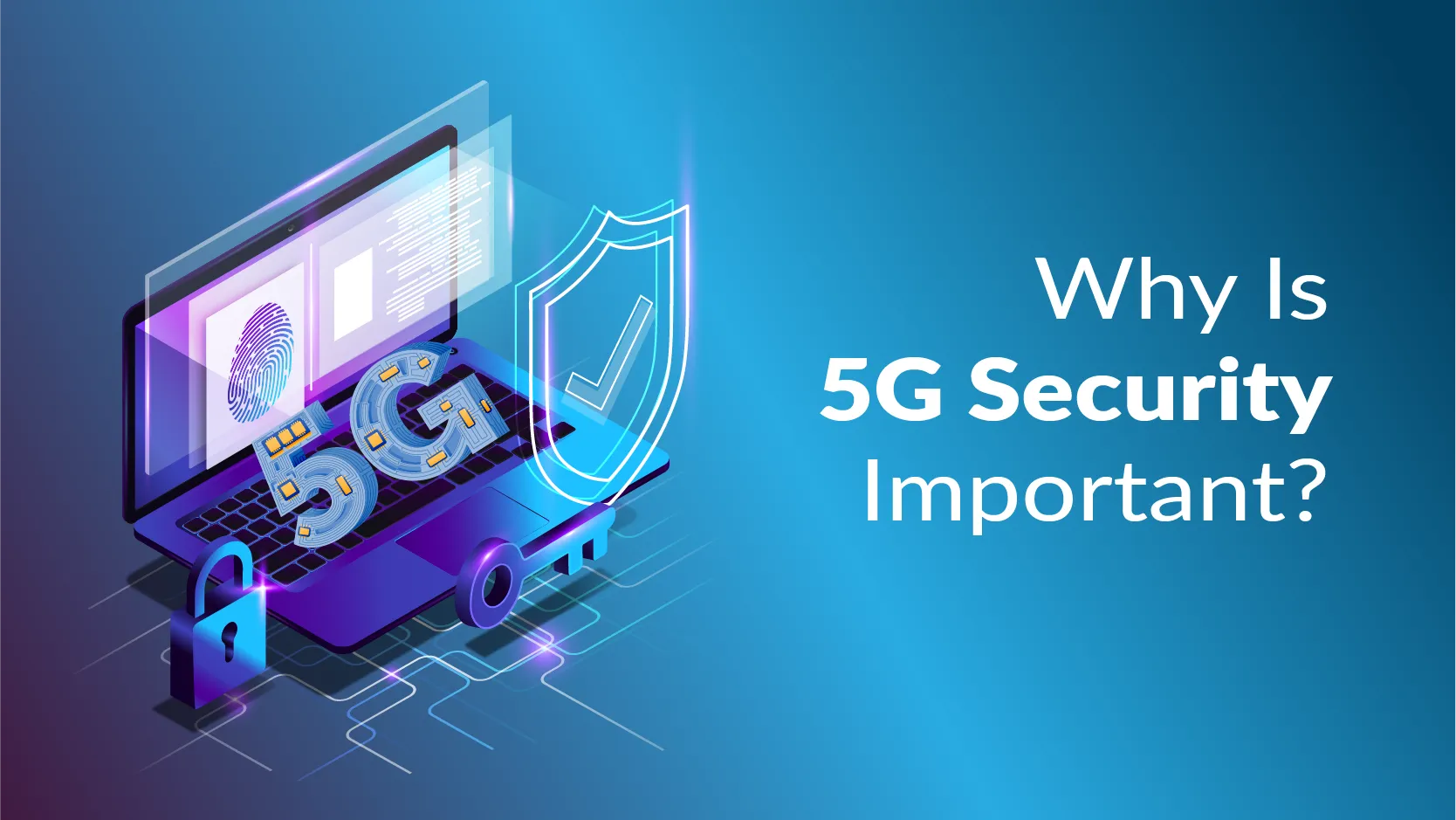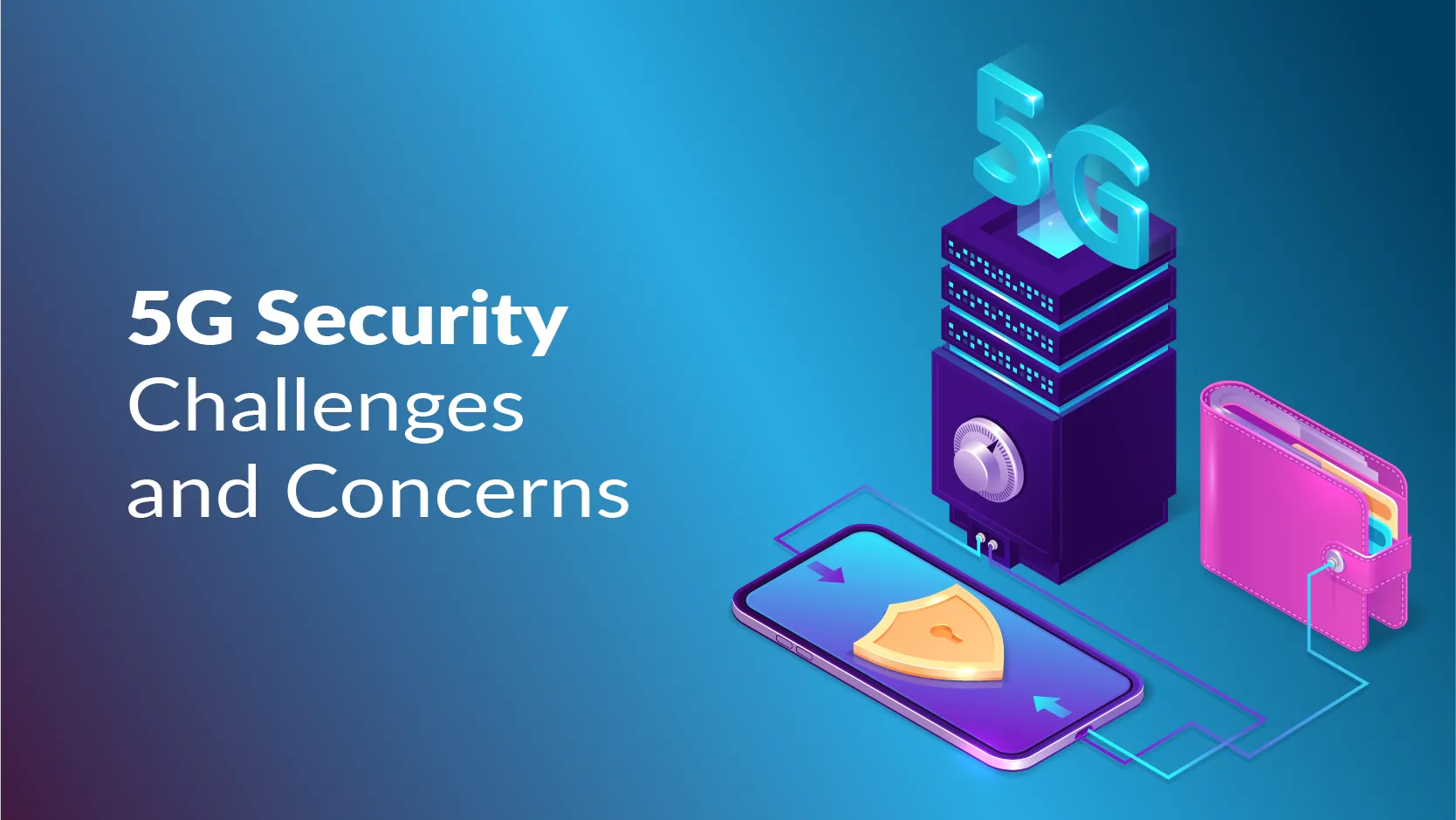Fifth generation or 5G gained popularity quite quickly. By 2023, there were already 1.01 billion subscriptions, which is subject to grow further.
This brings us to the topic of 5G security. But then, what about it?
Like any other, when a technology becomes rapidly adopted, some malicious attacks and actions against it might occur. This is true for 5G. Statista reported the global 5G security market was valued at $4.02 billion in 2023. Let’s learn more about this billion-dollar industry.
What is 5G Security?
5G security, or cybersecurity, is defined as the technologies and protocols designed to provide defense against cyber attacks and data breaches for the emerging 5G wireless network infrastructure. The increasing deployment of 5G network infrastructure introduces new cybersecurity challenges and threats for service providers and users alike.
5G network architecture assumes implementation with security as a key element and includes built-in features based on requirements specified by the 3rd Generation Partnership Project (3GPP).
Why Is 5G Security Important?
 Security of the entire system: With 5G, proactive cyber measures should be adopted to prevent any future threats and protect the entire system.
Security of the entire system: With 5G, proactive cyber measures should be adopted to prevent any future threats and protect the entire system.- Communication integrity and pr ivacy: 5G security protocols ensure that any communication is protected and cannot be intercepted or tapped.
- Security for IoT devices: With more IoT devices coming in, proper security measures should be in place to avoid unauthorized access, data leakage, and denial of service to critical applications.
- For network slicing: there should be secure isolation and segmentation of the network slices to avoid unauthorized access and any lateral movement across the network.
- Secure Access Service Edge (SASE): To create a secure environment in conjunction with 5G connectivity, organizations should implement solutions like SASE.
- Built-in security: The 5G security architecture encompasses various features like resilience, communication security, identity management, privacy and security assurance, and network access security to ensure built-in security in the network infrastructure.
5G Security Challenges and Concerns
 5G infrastructure has been improved compared to earlier wireless technologies. Nonetheless, deploying 5G networks will bring a different set of potential attacks.
5G infrastructure has been improved compared to earlier wireless technologies. Nonetheless, deploying 5G networks will bring a different set of potential attacks.
Also Read: Building a Strong Foundation: Solutions to Ensure 5G Security Concerns and Solutions
Side-Channel Attacks
5G protocols cannot be forged, but 5G networks can be forged in other ways. Side-channel attacks are carried out by exploiting the underlying platform that hosts the network.
This type of attack was previously hard to carry out. Now it is more prevalent, as technological advances have given malicious actors better knowledge of the systems they target. Reasonably, a malicious actor can search for a misconfiguration in a cloud platform. Then they can corrupt a virtual machine or container, instead of forging a 5G protocol.
Lack Of Visibility And Security Controls
5G networks need all the visibility and security controls of a traditional Wi-Fi network. Mature security technologies are being brought to private 5G networks for the same visibility and control the world expects from enterprise networks. Thankfully, these are problems the network security industry is extremely well equipped to handle.
Increased Attack Surface
Telco networks have never before been built on cloud infrastructure using application-level technologies until 5G came along.
The result is an order of magnitude increase in attack surface. Networks are more vulnerable as they become public, adaptable, and able to accommodate new applications.
Connected Devices
Trillions of devices can be connected with significantly greater capacity thanks to 5G technology, which undoubtedly creates opportunities for innovation and new features. But bad actors, without appropriate and robust controls in place, will leverage encrypted pipes across networks, including encrypted malware.
Let’s consider a private 5G environment in an enterprise setting. If a 5G environment is intended to replace a Wi-Fi network, the network itself is likely to be encrypted, but that doesn’t stop malicious endpoints from joining it. Consequently, malicious actors may be able to access the 5G network without authorization if a network device is compromised using a network layer attack.
Unauthorized Data Access
In a 2022 case study, researchers identified vulnerabilities in 5G security relating to IoT application programming interfaces (APIs). The study cited inadequate access controls and poor authentication methods as contributing factors, which affected seven of the nine IoT systems tested. Weak authentication and a lack of transport layer security still plague many connected device implementations today, leaving users open to malicious entities that would exploit the inherent trust mechanisms of popular operating systems to gain access to sensitive information such as personal identifiers, financial data, and proprietary information.
Future Outlook on 5G Security
5G security will deliver an interactive and secure IoT ecosystem. It will enhance privacy and data protection, secure critical infrastructure, offer intelligent threat detection and response, allow users to work flexibly, and connect the world to establish common security standards. These abilities will enable countries, enterprises, and people alike to navigate the boundless possibilities of a connected and secure future. In addition, the integration capability of 5G will enable innovations in various sectors of the economy, thus propelling economic growth and development through advanced technology deployment. With adequate security in 5G technology, reliability, and resilience of interconnecting devices and systems can be achieved.
































